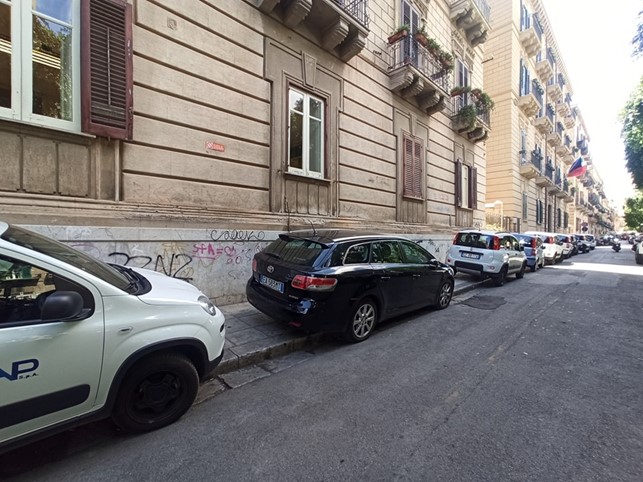
Micromobility Challenges
Micromobility—think e-scooters, e-bikes, and other compact, electric or human powered vehicles—has revolutionized urban transport, offering a fresh alternative to traditional commuting. However, as with any innovation, it’s not without its bumps in the road. Let’s cruise through some of the most common challenges micromobility users face, delve into the maze of laws and regulations, and explore the social and cultural speed bumps along the way.
User Challenges: Navigating the Urban Jungle
1. Safety Concerns: Riding alongside larger vehicles can be daunting. Uneven surfaces, lack of dedicated lanes, and the sheer unpredictability of traffic make safety a top concern for riders. Inexperienced users, in particular, may find it challenging to navigate busy streets, leading to accidents and injuries.
2. Parking Predicaments: Ever tripped over a misplaced scooter? Improper parking clutters sidewalks, obstructs pathways, and can be a nuisance for pedestrians. Despite designated zones, users often leave devices haphazardly, leading to community frustration.
3. Cost Considerations: While micromobility offers convenience, the costs can add up. A typical trip might set you back €2.50-3.50, which, for daily commuters, becomes a significant expense over time.
Legal Labyrinth: Laws and Regulations
The rapid rise of micromobility has left many city councils playing catch-up. Regulations vary widely, creating a patchwork of rules that can confuse users.
• Helmet Headaches: Some regions mandate helmet use; others don’t. This inconsistency leaves riders either over-prepared or under-protected, depending on where they are.
• Speed Limits and Road Access: In certain cities, e-scooters are banned from sidewalks but allowed on roads, while elsewhere, the opposite is true. For instance, France has banned e-scooters on sidewalks, imposing fines for violations.
• Legal Grey Areas: In places like New South Wales, Australia, the push to legalize e-scooters has been met with concerns about existing road laws, potentially leading to hefty fines for unsuspecting riders.
Social and Cultural Speed Bumps
Beyond the legalities, societal perceptions play a huge role in micromobility adoption.
• Public Perception: Incidents of reckless riding and cluttered sidewalks have painted micromobility in a negative light in some communities. This backlash can lead to stricter regulations or even outright bans, as seen in cities like Paris.
• Cultural Acceptance: In regions where car culture dominates, micromobility users might face stigma or feel out of place. Shifting this mindset requires time, education, and positive experiences.
Bridging the Gaps: A Path Forward
Addressing these challenges isn’t a solo ride; it requires collaboration between users, service providers, and policymakers.
• Infrastructure Investments: Building dedicated lanes and parking zones can enhance safety and reduce clutter. Cities that have invested in such infrastructure often see higher adoption rates and fewer accidents.
• Clear and Consistent Regulations: Harmonizing laws across regions can reduce confusion. Clear guidelines on where and how micromobility devices can be used will help users ride confidently.
• Community Engagement: Educating the public about the benefits of micromobility and promoting responsible usage can shift cultural perceptions. Engaging with communities to address concerns fosters a more inclusive environment for all.
Micromobility holds the promise of transforming urban transportation, making it more sustainable and accessible. By navigating the challenges with thoughtful strategies and open dialogue, we can pave the way for a smoother, more enjoyable ride for everyone.

Commenti recenti
Archivi
Recent Posts
-
Micromobility Challenges
24 February 2025
-
Micromobility Benefits
24 February 2025
-
Cyprus businesses stand to…
14 January 2025
-
Exploring micromobility innovation in Ljubljana
23 July 2024
-
Micromobility? What’s that?
8 March 2024





Leave Comment